|
by Bernard Martin The Pittsburgh Vintage Grand Prix (PVGP) is thrilled to announce that Luigi Chinetti Jr. will be the distinguished guest speaker at the Cortile Italian Car Show luncheon on Saturday, August 3. Attendees will have the unique opportunity to hear Chinetti Jr. share his captivating experiences from the 1949 Le Mans, a race that marked a significant moment in automotive history.
As a young man, Luigi Chinetti Jr. witnessed the first Le Mans race held after World War II, an event that not only revived the legendary circuit but also set the stage for Ferrari’s legacy in motorsports. His father, Luigi Chinetti Sr., secured his third victory in this historic race, driving the Ferrari 166 MM Barchetta. This victory was instramental in propelling Ferrari onto the world stage, despite initial reluctance from Enzo Ferrari himself. The 1949 24 Hours of Le Mans was the first race held at the Circuit de la Sarthe since 1939, due to the interruption caused by World War II. The event symbolized the revival of endurance racing in Europe and marked a new era for motorsports. Luigi Chinetti Sr., co-driving with Peter Mitchell-Thomson, 2nd Baron Selsdon, clinched the win in the Ferrari 166 MM Barchetta. Luigi Chinetti Sr. drove for an astonishing 23 out of the 24 hours, showcasing his extraordinary endurance and skill. His determination and resilience were key factors in securing the victory for Ferrari. This victory was significant as it marked Ferrari’s first major international win, establishing the brand’s reputation in endurance racing. The Ferrari 166 MM Barchetta, with its sleek design and V12 engine, became an iconic model in automotive history. The car's performance at Le Mans showcased Ferrari's engineering prowess and set the stage for future successes. The race was not without its challenges. The Ferrari team faced stiff competition from other manufacturers, including Aston Martin and Delahaye. Despite mechanical issues and the grueling nature of the race, Chinetti’s expertise and the car’s reliability led them to triumph.According to several sources, Enzo Ferrari was initially hesitant about entering the 166 MM Barchetta in the race. However, Chinetti Sr. was instrumental in persuading Ferrari and orchestrating the car’s participation, which ultimately proved to be a game-changing decision for the company. The victory at Le Mans was a turning point for Ferrari, providing the company with invaluable publicity and solidifying its reputation as a leader in high-performance racing cars. This win helped Ferrari attract customers and establish a strong market presence, particularly in North America. Following the success at Le Mans, Luigi Chinetti Sr. played a crucial role in developing Ferrari’s North American dealer network. His efforts helped to popularize Ferrari in the United States, making the brand synonymous with luxury and performance. Join us for a Memorable Event The Cortile Italian Car Show luncheon promises to be an engaging and insightful event, offering enthusiasts a rare glimpse into the Chinetti family’s rich heritage and contributions to the world of motorsports. Don’t miss this chance to hear firsthand accounts of one of the most influential races in history and the story of how Ferrari’s legacy was shaped by the Chinetti family's passion and perseverance. Join us on August 3 at the Pittsburgh Vintage Grand Prix for a memorable afternoon with Luigi Chinetti Jr., celebrating the legacy of Ferrari and the enduring spirit of motorsport innovation.
0 Comments
by Bernard Martin & Luigi Chinetti Jr. Pittsburgh, PA - The Pittsburgh Vintage Grand Prix (PVGP) is thrilled to announce that Luigi Chinetti Jr. has been named the Grand Marshal for the highly anticipated 41st running of the event. This year's PVGP will be a special celebration, as Ferrari has been named the Marque of the Year, with a focus on the remarkable history of the North American Racing Team, NART. Luigi Chinetti Jr.'s family legacy and his own racing career make his the perfect choice for this prestigious role. His father Luigi Chinetti Sr,. played a pivotal role in developing the Ferrari marque in North America. Through his efforts and his sales abilities using an informal dealer system, he established a strong foundation for Ferrari's presence in North America. These sales significantly contributed to Ferraris financial stability, providing in part the resources necessary to support his racing activities. Luigi Chinetti Jr. followed in his father's footsteps, not only as a prominent figure in the Ferrari world but also as a talented racing driver on his own. His biography is a testament to his dedication and passion for racing and the Ferrari Marque. He began his informal racing career in the late 1960s, building upon the foundation laid by his father. In his first appearance at 24 hours of Daytona he finished a credible 7th overall, and in next year’s event, racing a 312P winning his class. Going on to Sebring for the 12 hour race, he was to finish in the top ten between 1970 and 1973. However, it was at the 24 Hours of Le Mans in 1971, at 29 years old, where he joined fellow competitors to make his first start at the Circuit de la Sarthe. He competed in the iconic endurance race three times with NART Ferrari's: in 1971 finishing 5th with Bob Grossman, behind two Porsche 917s and two Ferrari 512Ms winning his class. In 1972 with 1965 LeMans winner Masten Gregory; a retirement, and in 1973 with François Migault finishing13th. As he is fond of saying, “My most interesting success came on the Bonneville Salt Flats, where I was aired with Graham Hill, a World Champion, Milt Minter, and most notably, Pau Newman!” He came away with a World Record that still stands. Beyond his achievements as a driver, he also made significant contributions as a designer. In 1967, he worked with fashion illustrator Bob Peak in designing several unique Ferraris that have attained significant notoriety. These include two estate wagons, and a mid-engined Ferrari, based on a 250P which was later updated to 275P specifications after 1964. It was Michelotti-built and made the cover of Car and Driver magazine. Several others cars where penned by Chinetti,Jr. including the rather famous 1972 Ferrari Daytona 365 GTB/4 Shooting Brake "extended coupe”. Luigi Chinetti Jr. has been an ambassador for Ferrari and the NART legacy. He has worked tirelessly to preserve and promote the rich history of NART, ensuring that future generations understand and appreciate its significance in the world of motorsport. As the Grand Marshal of the 2023 Pittsburgh Vintage Grand Prix, Luigi Chinetti Jr. will grace the event with his presence, sharing his invaluable experiences and insights with fellow enthusiasts, fans, and participants. His involvement will undoubtedly elevate the event and make it a truly unforgettable experience. The Pittsburgh Vintage Grand Prix is honored to welcome Luigi Chinetti Jr. as the Grand Marshal, commemorating the legacy of NART and celebrating Ferrari as the Marque of the Year. This year's event promises to be a remarkable tribute to motorsport history, bringing together enthusiasts from all over the world. For more information about the Pittsburgh Vintage Grand Prix and the 2023 event, please visit www.pvpg.org or contact Bernard Martin. About the Pittsburgh Vintage Grand Prix The Pittsburgh Vintage Grand Prix is a world-class vintage racing event that takes place annually in Pittsburgh, PA. Founded in 1983, the PVGP has become one of the largest vintage racing events in the United States and the longest running Vintage Race on city Streets in North America. The event features a variety of races, car shows, and activities, attracting participants and spectators from around the globe. The PVGP is also a charitable organization, raising funds to support individuals with autism and intellectual and developmental disabilities.
by Bernard Martin & Luigi Chinetti The Pittsburgh Vintage Grand Prix is honored to host Ferrari as our 2023 Marque of the Year and to pay homage to N.A.R.T. - the North American Racing Team both of which are deeply entwined in Pennsylvania history. Innovation and Power Ferrari has been a timeless symbol of speed, power, and passion and one of the most iconic and successful brands in the world of motorsports. Enzo Ferrari began his career as a test driver for a small car company in Milan. He made his competitive debut in the 1919 before moving on to work with Alfa Romeo as a racing driver and later as a team manager. In the early 1920s, Ferrari began to develop promising racing drivers outside of Alfa Romeo who campaigned for Italian marques such as Fiat and Lancia. In 1929, he established the Scuderia Ferrari racing team as a way to support and develop race driver talent. The team became most successful in the sport, amassing numerous victories against stiff competition. Ferrari's background as a racing driver, team manager, his passion for cars were combined with a remarkable ambition to succeed. In 1937, Scuderia Ferrari was dissolved by Alfa Romeo and renamed Alfa Corse. It was just a matter of time before he would begin racing under his own name and producing road going automobiles to fuel these racing desires. On September 9, 1939, Enzo left Alfa Romeo under the provision that he would not use the Ferrari name in association with races or racing cars for at least four years. Subsequently he founded Auto Avio Costruzioni, headquartered in the facilities of the old Scuderia Ferrari in Modena. In 1940, Ferrari produced his first racing car, the Tipo 815, based on a Fiat platform making its debut at the 1940 Mille Miglia. during World War II, and the factory was destroyed by bombing, after which, the Scuderia Ferrari name was resurrected and he produced first Ferrari-badged car, the 125 S, in 1947. The Ferrari automobiles established themselves as a force to be reckoned with even at such a young age. In 1949, Luigi Chinetti, much against Ferrari’s wishes, in a car he prepared himself entered and won the 24 Hours of Le Mans, driving 23 hours himself. Ferrari went on to dominate the early years of the World Sportscar Championship which was created in 1953, winning the title seven out the first nine years besides winning a number of World Championships in Formula One. In fact, Ferrari is the only team to have competed in the Formula One World Championship continuously since its inception in 1950. Ferrari's success on the track was built on the back of its powerful and innovative cars, which were known for their speed, and reliability. The marque’s most fameous models include the 250 Testa Rossa, the 250 GT California Spyder, and the GTO, to name but a few. NART: THE NORTH AMERICAN RACING TEAMOne of the key figures in Ferrari's early success in America was Luigi Chinetti Sr. who was appointed as the official importer of Ferrari cars to the United States in the late 1940’s. Chinetti convinced Enzo Ferrari in 1946 that he could sell his cars in North American . Of note, the first Prancing Horse that Maranello shipped across the Atlantic as part of this new partnership was a 166 MM Barchetta, followed by a 166 Corsa Spider. The 166 Corsa was purchased by Briggs Cunningham he is credited as the first American to bring a Ferrari to the U.S. for racing, thanks to Chinetti. Chinetti's passion for the brand, and his belief in the potential of American drivers and teams, led him to establish the North American Racing Team (NART) in 1958. Italian-born Luigi Chinetti claimed victory in the first post-war 24 Hours in 1949, three years after becoming an American citizen in a 166mm. His naturalization was sponsored by none other than Zora Arkus-Duntov. In 1958, Phil Hill, became the first driver born in the USA to stand on to the top step of the Le Mans podium after winning in his Ferrari 250. NART was the was one of the first American teams to ever compete in the 24 Hours of Le Mans. NART was also involved in other international motorsports events such as the 12 Hours of Sebring and the 24 Hours of Daytona. The partnership between NART and Ferrari was key in promoting Ferrari in the American market, through the team's numerous racing successes and its lasting impact on the sport. A significant event happened in 1964. A Ferrari 158 car, officially entered by NART, sealed the win of the 1964 F1 World championship with John Surtees. As the works team competed the in the last two races of the season, the United States Grand Prix and Mexican Grand Prix, the livery of the cars where painted white and blue - the national colors of the team. This was done as a protest because of arguments between Ferrari and the FIA regarding the homologation of a new mid-engined Ferrari race car. It seems the people at the FIA where upset when they found out Ferrari had previously deceived them in just how many cars he had road going cars they produced. (Read more: Do you remember...when Ferrari raced in blue) Where a racing class requires that the vehicles raced be production vehicles only slightly adapted for racing, manufacturers typically produce a limited run of such vehicles for public sale so that they can legitimately race them in the class. This is what is called homologation. When officials from the FIA visited Maranello to count the number of cars, legend has it that not quite enough had been built – an issue creatively disguised by a lunch break and a group of cars being moved elsewhere within Maranello to be double-counted. Whether it is true or not, the grumbles to the FIA from competing teams persisted. NART's most famous achievement was winning the overall victory at the 24 Hours of Le Mans in 1965 with a Ferrari 250LM driven by Jochen Rindt and Masten Gregory. In that race, Pittsburgher Ed Hugus, although not officially credited as a winner, the legend continues that he was a co-driver of the winning car albeit for just a few laps. Ferrari did not win overall at LeMans again until this past June after a 58 year lapse. NART also raced Ferraris in the US with great success, winning the 12 Hours of Sebring in 1968 and 1970. NART's team was made up of notable drivers such as Dan Gurney, Pedro Rodríguez, Mario Andretti, and Phil Hill. The North American Racing Team's entries in the final three rounds of the 1969 season were the last occasions on which a team other than Scuderia Ferrari entered a World Championship Grand Prix with a Ferrari car. In 1962 Al Garthwaite Jr. became the owner of Derham Custom Body Company of Philadelphia in 1962 and renamed the company Algar, short for AL GARwaite which would become Algar Ferrari. Today, Algar Ferrari is named Ferrari of Philadelphia but more about that below. In 1972, Garthwaite and Chinetti partnered to create an automobile importing company fundamental to the birth to the East Coast American Ferrari Dealer Network. Establishing retailers from the Atlantic coast to the Mississippi River and through the lower half of Texas, the Chinetti-Garthwaite enterprise imported over 1600 Ferraris to this network through a distribution facility in Paoli, Pennsylvania. The Chinetti-Garthwaite partnership also became a custom builder of Ferrari’s. Luigi Chinetti, Jr. had a passion for shooting brake models and a talent for automotive design. In 1967, Chinetti, Jr. was started to design custom Ferrari’s. One of these became the famous 1972 Ferrari 365 GTB/4 Shooting Brake. But that is a story for another time. The success of the Paoli-based distribution partnership contributed measurably to the restoration of Ferrari racing greatness. North American sales funded Ferrari Racing. If you’ve seen the movie “Rush” you know that Formula 1 is a contest where dollars produce horsepower. Chinetti’s idea to sell Ferrari’s in North America paid off with a Formula 1 title merely three years after the Chinetti-Garthwaite partnership was established. The Scuderia Ferrari team won the coveted Formula 1 World Championship three more times in the next four years. Many attribute those successes to the funding provided by North American sales. In addition to its racing achievements, NART was also known for its unique and striking livery, which featured a blue and white color scheme. This livery, designed by Chinetti's wife, became one of the most recognizable in the history of motorsports. The Chinetti-Garthwaite partnership disbanded in 1980 when Ferrari established a factory controlled entity for US distribution but the team's legacy lives on through its numerous racing successes and its lasting impact on the sport. NART raced Ferraris until 1982, at which point it had participated in more than 200 races with over 100 different drivers. On December 24, 2021 Algar Ferrari was sold and renamed Ferrari of Philadelphia who joins us on the showfield July 22nd and 23rd. Together, Ferrari and NART wrote one of the most fascinating chapters in motorsports history. Ferrari and NART association with some of the greatest drivers and cars in the history of motorsports is why is has been chosen, for only the second time since 1992, as the Marque of the Year for the PVGP. If you would like to attend the Ferrari Marque of the Year dinner on Friday July 21, 2023 and meet Luigi Chinett, Jr., click the button below.
by Bernard Martin PITTSBURGH, PA - Artist Lyn Hiner has been announced as the featured artist at the Cortile Italian Car Show at the Pittsburgh Vintage Grand Prix's 2023 event featuring Ferrari as the Marque of the Year. Lyn is an internationally recognized palette knife painter based in Southern California. Known for portraying expectedly detailed elements through an emotionally expressive application, Lyn’s bold colors and palette knife strokes create a sense of energy on the canvas revealing a beautifully unique perspective. Her palette knife technique is reminiscent of Impasto without quite the thickness. Rob, her husband, says that her style most closely resembles Abstract Expressionism which is defined as an Impressionist-style, but with an emphasis on varying measures of abstraction. Lyn says it's more of an emotive expressive approach. What you will find mesmerizing about Lyn's work is how it draws you in from afar. Each piece can capture you and then you find yourself moving closer. You are attracted to it more and more as your eyes try to translate the colors and abstract lines of each highly recognizable piece in your mind. But the colors are bolder than what you expect as the norm, more vibrant.
It's the continuation of the idea of capturing light explored by the Impressionists, the bold use of color pioneered by Matisse and The Fauves, but dripping like a Jackson Pollock. We think you will enjoy the show inside the Clubhouse and the works on display in the Reception Tent. LYN HINER'S PETROL COLLECTIONLaunched in November 2017, Lyn’s "Petrol" collection was first debuted at the SEMA Show in Las Vegas and is now regularly featured at juried fine art shows, galleries and distinguished automo- tive exhibitions internationally:
by Bernard Martin and Chat GBT PITTSBURGH, PA (March 14, 2023) The Pittsburgh Vintage Grand Prix is proud to announce that Ferrari and N.A.R.T. – North American Racing Team, will be honored as Marque of the Year at the 2023 event. The two entities have a rich and fascinating history inextricably intertwined with Pennsylvania, and their association has led to some of the most memorable moments in the world of motorsports. Ferrari, one of the most iconic and successful brands in motorsports, has been a timeless symbol of speed, power, and passion. Enzo Ferrari, the founder of the company, began his career as a test driver for a small car company in Milan and later worked for Alfa Romeo as a racing driver and team manager. In 1929, he established the Scuderia Ferrari racing team to support and develop race driver talent, which quickly became one of the most successful teams in the sport. After dissolving Scuderia Ferrari in 1937, Enzo Ferrari founded Auto Avio Costruzioni, which produced the first Ferrari-badged car in 1947. Ferrari quickly established itself as a dominant force in racing, winning numerous races and championships in Formula One and other international motorsports events. 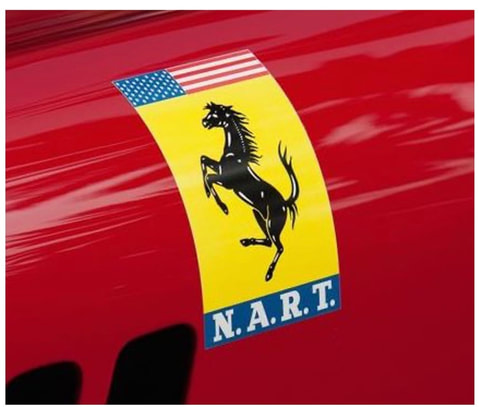 Photo courtesy Victor Varela / Sports Car Digest Photo courtesy Victor Varela / Sports Car Digest Luigi Chinetti Sr. played a significant role in Ferrari’s early success in America. He was appointed as the official importer of Ferrari cars to the United States in the late 1940s, and his passion for the brand and belief in the potential of American drivers and teams led him to establish the North American Racing Team (NART) in 1958. NART was the only American team to ever compete in the 24 Hours of Le Mans, and it was involved in other international motorsports events such as the 12 Hours of Sebring and the 24 Hours of Daytona. NART’s partnership with Ferrari was essential in promoting Ferrari in the American market, and it had a lasting impact on the sport. NART’s most famous achievement was winning the overall victory at Le Mans in 1965 with a Ferrari 250LM driven by Jochen Rindt, Masten Gregory, and Ed Hugus. Coincidentally, Ed Hugus was born in Pittsburgh and raced at LeMans 10 times and later opened a Pittsburgh auto dealer that built the first three Shelby Cobras. He also helped establish the Steel Cities Region of the SCCA. The team also won the 12 Hours of Sebring in 1968 and 1970, and its drivers included notable names such as Pedro Rodríguez, Mario Andretti, and Phil Hill. The 2023 Pittsburgh Vintage Grand Prix will showcase the rich history and legacy of Ferrari and N.A.R.T. Many chapter members of the Ferrari Club of America from throughout North America have already committed to congregating in Pittsburgh for Tifosi-centered events. The events are expected to attract a vast number of motorsport enthusiasts and will feature a wide range of activities, including car shows, races, and exhibitions. Click this link to see all of the 2023 Events for Ferrari July 14-23 Race WeekThe PVGP features two weekends of racing. The first weekend is the Historics at Pittsburgh International Race Complex. The second weekend features vintage racing on a 2.33-mile road course through the streets of Schenley Park in front of 100,000 fans and 3,000 show cars on the Bob O’Connor Golf Course. Between the race weekends there are numerous car shows, parties, rallies, and parades. See the entire 10-Day Calendar of Events. CONTACTS:About the PVGPBegun in 1983, the Pittsburgh Vintage Grand Prix Motorsport Festival features two weekends of racing action. The first weekend is the PVGP Historics at Pitt Race. The second weekend is racing on a 2.33-mile road course set on the streets of Schenley Park. Between the race weekends there are car shows, parties, car shows road rallies, and more. The PVGP is a volunteer driven event with 1,200 volunteers. The PVGP is a volunteer driven 501 (c) (3) non-profit organization with a mission to provide residential care, treatment and support for people with autism and intellectual/developmental disabilities. Since 1983, $6.4 million has been donated locally to Autism-Pittsburgh and Merakey Allegheny Valley School.
The Pittsburgh Vintage Grand Prix (#PVGP) is is very excited that Ferrari and N.A.R.T. - North American Racing Team, will be honored as Marque of the Year at the 2023 motorsports festival. The two entities have a rich and fascinating history inextricably intertwined to Pennsylvania, and their association has led to some of the most memorable moments in the world of motorsports. Several Ferrari Clubs already have events planned to attend the PVGP Motorsports Festival Events:
Ferrari CLubs' "definitely attending" eventsFerrari Clubs are participating in the following events: Wednesday, July 19, 5-9 PM - Tune-Up @ SouthSide Works: The SouthSide Works is Pittsburgh’s premier city lifestyle center. Uniquely positioned on the Monongahela riverfront and nestled in Pittsburgh’s historic and bustling Southside neighborhood on the site of the former J&L Steel Works. Hundreds of cars will gather for a fabulous car show including race cars, exotics, antiques and show cars for this exciting street festival in the streets surrounding SHOP 412 and the SouthSide Works Town Square. Cost is $50 per car and includes two drinks. Thursday, July 20, 6:30-11 PM – Passport to Elegance Hanger Party: An exclusive Hangar Party at the Pittsburgh-Butler Regional Airport. The party will be Ferrari themed as we anticipate a large contingent of Ferrari owners coming into town to celebrate the Marque of 2023. Get immersed in the evolution and examples of the rare and interesting automotive and air transportation throughout this period in a festive and lavish atmosphere featuring scrumptious passed hors devours, top notch strolling food stations and two top-shelf open bars. The evening will also include live music, silent and live auctions and other surprises you won’t want to miss. Cost $395 per person includes premium appetizers and open bar. Friday, July 21, 6-9 PM– Ferrari Marque of the Year Dinner Reception at the Pittsburgh Golf Club. Please join Ferrari Club members, honored guests and Grand Prix dignitaries for a relaxing evening at the Historic Pittsburgh Golf Club. A strolling dinner and cash bar accompanied by some live entertainment while you enjoy the evening inside the clubhouse and a preview of the attractions at the Cortile. Car show participants for the evening will also get their dash card required for entrance for the weekend and receive expedited entry both Saturday and Sunday. $65 per person Saturday & Sunday, July 22-23, 9AM-5PM - Cortile / Ferrari Marque of the Year Weekend - The “Cortile della Corsa” is the Italian Car Show at the Pittsburgh Vintage Grand Prix. It translates into the "Courtyard of Racing" , which is an appropriate name for our display of fine Italian macchina on the 18th hole of the Bob O’Connor Golf Course at Schenley Park. As the 2023 Marque of the Year, Ferrari's have a special show area. Enjoy the entire weekend at the Pittsburgh Vintage Grand Prix overlooking the car shows on the Schenley Park Golf Course and the vintage races through the city streets. $150 Entry includes:
You can get more details about the individual events by clicking the links in the event name above. If you would like to register for the events above please use the button link below. To save time, be sure to set up your profile and book all of your registrations in one sitting. Just add items to you cart and continue shopping. Doubletree Hilton Cranberry Twp Host HotelThe DoubleTree by Hilton Hotel Pittsburgh - Cranberry Twp, PA is the host hotel for Ferrari Clubs. Located at the intersection of 1-79 and the Pennsylvania Turnpike, close to Route 19, we’re an accessible choice for neighboring states or conferences.
The Passport to Elegance Hanger Party is about 25 minutes North while Pittsburgh Vintage Grand Prix in Schenley Park is about 25 minutes South. You will enjoy returning to the welcoming indoor bar and restaurant after your day at #PVGP events by Bernard Martin FOR IMMEDIATE RELEASEPittsburgh, PA - The Pittsburgh Vintage Grand Prix (PVGP) is proud to announce that Ferrari and N.A.R.T. - North American Racing Team, will be honored as Marque of the Year at the 2023 event. The two entities have a rich and fascinating history inextricably intertwined to Pennsylvania, and their association has led to some of the most memorable moments in the world of motorsports. Ferrari, one of the most iconic and successful brands in motorsports, has been a timeless symbol of speed, power, and passion. Enzo Ferrari, the founder of the company, began his career as a test driver for a small car company in Milan and later worked for Alfa Romeo as a racing driver and team manager. In 1929, he established the Scuderia Ferrari racing team to support and develop race driver talent, which quickly became one of the most successful teams in the sport. After dissolving Scuderia Ferrari in 1937, Enzo Ferrari founded Auto Avio Costruzioni, which produced the first Ferrari-badged car in 1947. Ferrari quickly established itself as a dominant force in the world of racing, winning numerous races and championships in Formula One and other international motorsports events. Luigi Chinetti Sr. played a significant role in Ferrari's early success in America. He was appointed as the official importer of Ferrari cars to the United States in the late 1940s, and his passion for the brand and belief in the potential of American drivers and teams led him to establish the North American Racing Team (NART) in 1958. The 2023 Pittsburgh Vintage Grand Prix will showcase the rich history and legacy of Ferrari and N.A.R.T. Many chapter members of the Ferrari Club of America from throughout North America have already committed to congregating in Pittsburgh for Tifosi centered events. The events are expected to attract a vast number of motorsport enthusiasts and will feature a wide range of activities, including car shows, races, and exhibitions. The Pittsburgh Vintage Grand Prix is a charity event that has donated more than $6.5 million to the Autism Society of Pittsburgh and the Allegheny Valley School over the last 39 years. The 2023 event promises to be another successful and memorable occasion, with Ferrari and N.A.R.T. taking center stage. About the Pittsburgh Vintage Grand PrixBegun in 1983, the Pittsburgh Vintage Grand Prix Motorsport Festival features two weekends of racing action. The first weekend is the PVGP Historics at Pitt Race on July 14-16 2023. The second weekend, July 22-23, 2023, is racing on a 2.33-mile road course set on the streets of Schenley Park. Between the race weekends there are car shows, parties, car shows road rallies, and more. The PVGP is a volunteer driven 501 (c) (3) non- profit organization with a mission to provide residential care, treatment and support for people with autism and intellectual/developmental disabilities. Since 1983, $6.4 million has been donated locally to Autism-Pittsburgh and Merakey Allegheny Valley School.
NART (North American Racing Team) was a racing team that fielded Ferrari sports cars in various racing events, including the 24 Hours of Le Mans. The team was founded by Luigi Chinetti, a former Ferrari racing driver who had established a Ferrari dealership in New York City in the 1950s. NART's racing history at Le Mans began in 1958, when Chinetti and co-driver Olivier Gendebien won the race in a Ferrari 250 Testa Rossa. This was the first of four Le Mans victories for the team, which would go on to compete in the race over the next decade. In 1961, NART entered three Ferraris in the race, including a 250 GT SWB, a 250 GT California, and a 250 TRI/61. The 250 GT SWB driven by Gendebien and Phil Hill finished second overall, while the California driven by Bob Grossman and Glenn Roberts finished fifth overall. The team also won the GT class with the 250 GT California. In 1963, NART entered a Ferrari 250 GTO in the race, which was driven by Pedro Rodriguez and Jean Guichet. The car retired from the race due to engine problems, but it remains one of the most iconic NART Ferraris to have competed at Le Mans. NART's 1965 Le Mans victory with a 1964 Ferrari 250 LM was a significant moment in the team's racing history. The car, driven by Jochen Rindt, Masten Gregory and Ed Hugas (from Pittsburgh PA), completed 347 laps and secured the first and only overall victory for a Ferrari 250 LM at Le Mans. This was also the first overall win for an American team at Le Mans and the seventh overall win for Ferrari at the race. The victory remains one of the most iconic moments in NART's racing history and a testament to the team's success in the world of endurance racing. NART's final Le Mans victory came in 1972, when the team entered a Ferrari 365 GTB/4 Daytona in the GT class. The car was driven by Luigi Chinetti Jr., Bob Grossman, and Francois Migault, and it finished 9th overall and first in class. Overall, NART's racing history at Le Mans is a testament to the team's success in the world of sports car racing, and to the enduring legacy of the Ferrari brand at one of the most challenging and prestigious racing events in the world. Ferrari Quits LeMansFerrari's decision to quit Le Mans in the late 1970s was largely driven by changes in the rules and regulations of the race that made it less attractive to the company. In particular, new rules were introduced that favored the use of smaller engines with reduced fuel consumption, rather than the larger, high-performance engines that Ferrari was known for.
At the time, Ferrari was also facing financial difficulties and was struggling to compete with other manufacturers in Formula One and sports car racing. The company had also recently faced the loss of its founder, Enzo Ferrari, who passed away in 1988. These factors, combined with the changing regulations in Le Mans, led Ferrari to shift its focus to other racing series, such as Formula One and GT racing. Despite this, Ferrari has continued to be a dominant force in sports car racing and has won multiple championships in GT and endurance racing over the years. Each year the Cortile selects a marque or model to highlight for the annual event based upon factors such as historical significance, unique local interest, brand resurgence, etc. The Macchina of Ferrari have been selected as our 2023 Proiettore Macchina! This Italian luxury sports car manufacturer based in Maranello, Italy was founded by Enzo Ferrari in 1939 from the Alfa Romeo racing division as Auto Avio Costruzioni. Enzo was not initially interested in producing road cars when he formed Scuderia Ferrari in 1929, with headquarters in Modena. Scuderia Ferrari literally means "Ferrari Stable" and is usually used to mean "Team Ferrari." Ferrari bought, prepared, and fielded Alfa Romeo racing cars for gentleman drivers, functioning as the racing division of Alfa Romeo. In 1933, Alfa Romeo withdrew its in-house racing team and Scuderia Ferrari took over as its works team: the Scuderia received Alfa's Grand Prix cars of the latest specifications and fielded many famous drivers such as Tazio Nuvolari and Achille Varzi. In 1938, Alfa Romeo again brought its racing operation in-house, forming Alfa Corse in Milan and hired Enzo Ferrari as manager of the new racing department; thereby disbanding the Scuderia Ferrari. In September 1939, Ferrari left Alfa Romeo under the provision he would not use the Ferrari name in association with races or racing cars for at least four years. A few days later he founded Auto Avio Costruzioni, with headquarters in the facilities of the old Scuderia Ferrari. The new company produced machine tools and aircraft accessories. In 1940, Ferrari produced a racing car – the Tipo 815, based on a Fiat platform. It was the first Ferrari car and debuted at the 1940 Mille Miglia, but due to World War II it saw little competition. In 1943, the Ferrari factory moved to Maranello, where it has remained ever since. The factory was bombed by the Allies and subsequently rebuilt including works for road car production. The first Ferrari-badged car was the 1947 125 S, powered by a 1.5 L V12 engine; Enzo Ferrari reluctantly built and sold his automobiles to fund Scuderia Ferrari. The Scuderia Ferrari name was resurrected to denote the factory racing cars and distinguish them from those fielded by customer teams. Since the company's beginnings, Ferrari has been involved in motorsport, competing in a range of categories including Formula One and sports car racing. Scuderia Ferrari has participated in several classes of motorsport, though it is currently only officially involved in Formula One. It is the only team to have competed in the Formula One World Championship continuously since its inception in 1950. In 1949, Luigi Chinetti drove a 166 M to Ferrari's first win in motorsport at the 24 Hours of Le Mans. Ferrari went on to dominate the early years of the World Sportscar Championship which was created in 1953, winning the title seven out of its first nine years. Chinetti had emigrated to the United States during World War II. He drove in 12 consecutive 24 Hours of Le Mans races, taking three outright wins there and taking two more at the Spa 24 Hours race. Chinetti created the NART, the North American Racing Team, which successfully ran privateer Ferraris in sports car and Formula One races. For many years he was the exclusive American importer of Ferrari automobiles to the United States.
The Official Hotel of the Cortile and Ferrari Club is the Doubletree Hilton in Cranberry Twp. PA. Be sure to use the booking link below to get your room as a portion of your room stay is contributed to the PVGP via this link:
We are just over 30 days away from this summers Cortile Italian Car Show at the Pittsburgh Vintage Grand Prix! We've got some great new things for you to enjoy this year! Saturday & Sunday July 20-21, 2019 2019 Proiettore Macchina: Alfa Romeo 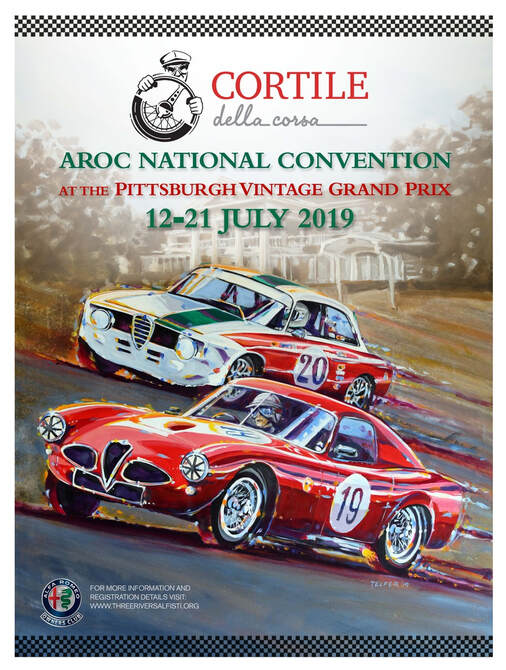 The 2019 Spotlight car of the Pittsburgh Vintage Grand Prix is Alfa Romeo. Poster art by artist Kelly Telfer. The 2019 Spotlight car of the Pittsburgh Vintage Grand Prix is Alfa Romeo. Poster art by artist Kelly Telfer. As you know, each year the Cortile selects a marque to highlight for our annual event. The Macchina of Alfa Romeo have been selected as our 2019 Proiettore Macchina! Joining us this summer is the Alfa Romeo Owners Club (AROC) who will be holding their North American Convention and honored also as the spotlight car of the 2019 running of the Pittsburgh Vintage Grand Prix.. The theme for the AROC convention is "Cortile della Corsa", the "Courtyard of Racing" and will feature Alfa Romeo's on the track as well as iconic racecars on the showfield. Be sure to check out the poster car that was raced by Fangio and Phil Hill. Wine on 9 & Lunch on 9! 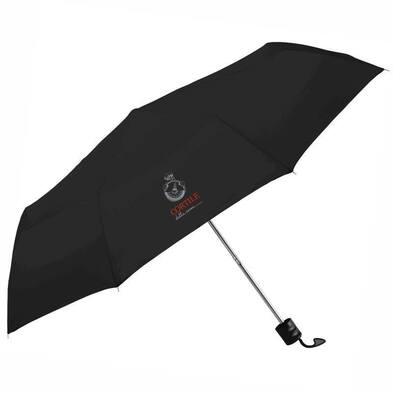 Deb Schurko came up with the idea of Wine Tasting on Turn 9 a few years ago and it's become the best place to watch the races on Sunday. Plenty of shade and some wine tasting, courtesy of Mazza Winery, after the opening ceremonies and parade! This year we're introducing something new, but first... This year, we've had a slight price increase on weekend registration to $150. After 10 years we've experienced a few cost increases and it was time to adjust up a bit to make sure we where keeping our contribution to the charity growing compared to the other marques down the hill from us. JKS Sponsors Lunch on Sunday! But, in conjunction with Wine on 9 at the Westinghouse Pond on Sunday,we've also got a NEW sponsor in JKS Financial . As a company with more than 45 years of combined experience, JKS Financial prides themselves with the relationships they build with their clients and they want to build some charitable relationships with us! This summer they are sponsoring and hosting the Sunday Catered Lunch at the Westinghouse Fountain.  This year your weekend entry will get you lunch for two on both Saturday and Sunday! We've also upgraded some of our goody bag stuff. This year we're including a collapsible umbrella (to keep you in the shade of course) and some beeswax lip balm so your lips aren't burned for the wine tasting! And you will love this year's t-shirt! It features the poster art you see up above. Artist Kelly Telfer will be on hand to autograph the posters and even your shirt or hat. Oh! I forgot to mention the hat! This year's is different from previous years. You'll just have to wait and see that! Meet the Cortile Judges! If you have not gone over to the judges tent at the previous years events and chatted with the judges you may just want to do that.
Did you know that Steve Barney was the first person outside of a direct Ferrari employee to ever get to own a Ferrari Grand Prix Car? Ask Steve about Nikki Lauda's F1 Car that he owned thanks to his friend Enzo Ferrari. Steve is also the founder of Foreign Cars Italia in the south and is pretty intimate with all Italian marques. You may also want ask some questions of Tom Frasca. Tom was Dipendenti Ferrari for the North American Racing Team, more commonly known at NART. Tom served as Luigi Chinetti's right hand man for 26 years until 1994 and was a witness to much of the history that has made Ferrari an iconic name today. Stop by the judges tent at 2pm to ask them some questions! Now, to do all that you've got to register! If you have not done so already, click the button below and register now for the Cortile Weekend. (If you own an Alfa Romeo CLICK HERE instead). Thank you very much for your continued support of our charities! Bernie |
AtributionThis is a compilation of articles from a variety of sources and contributors. Attrition and sources are always provided at the top and/or the bottom of the posting. Archives
June 2024
Categories
All
|
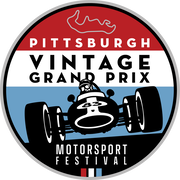
The Pittsburgh Vintage Grand Prix Association is a federally registered 501c (3) non-profit organization with a mission to hold a world-class vintage automotive race event for charity.
Since 1983 this volunteer-driven event has raised over $6 million to benefit autistic and developmentally disabled individuals through the Autism Society of Pittsburgh and Allegheny Valley School. The Pittsburgh Vintage Grand Prix remains North America's largest vintage race event, the only one run on city streets, and the 8th largest car show in the World. |


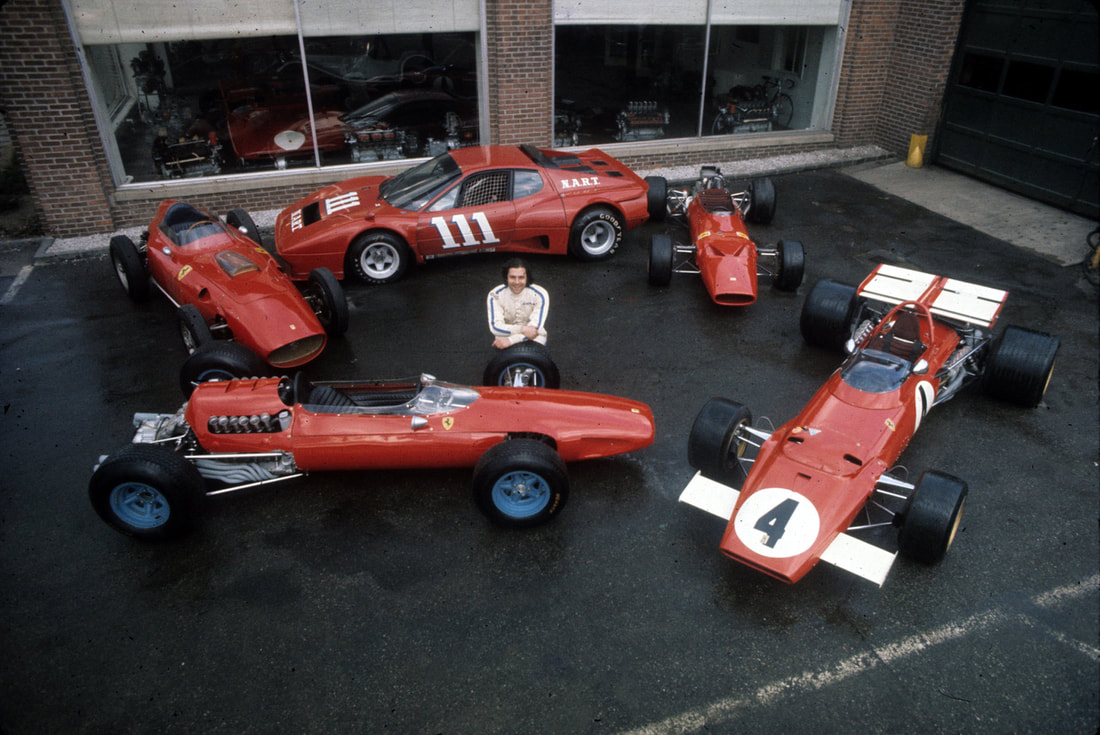
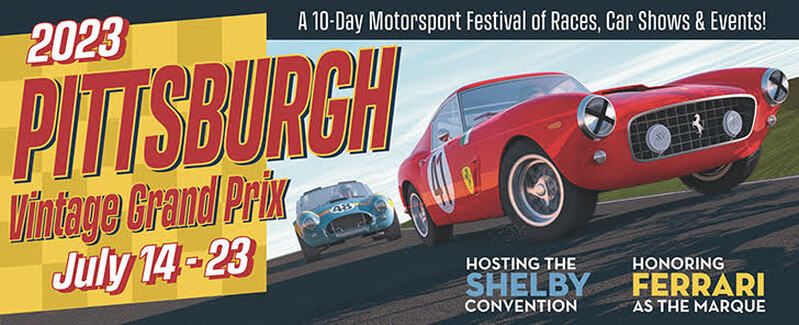

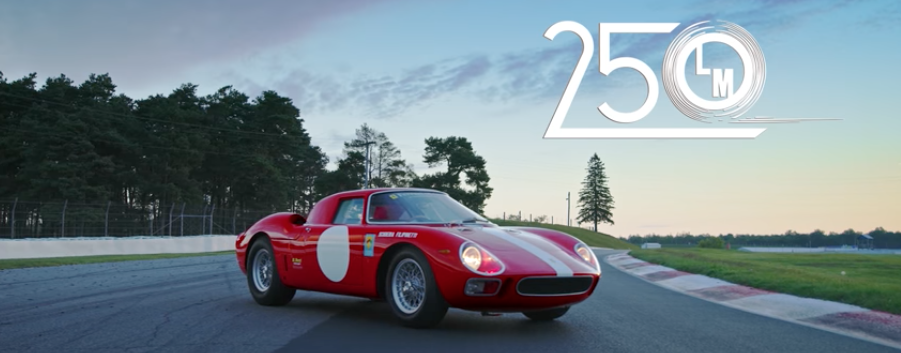
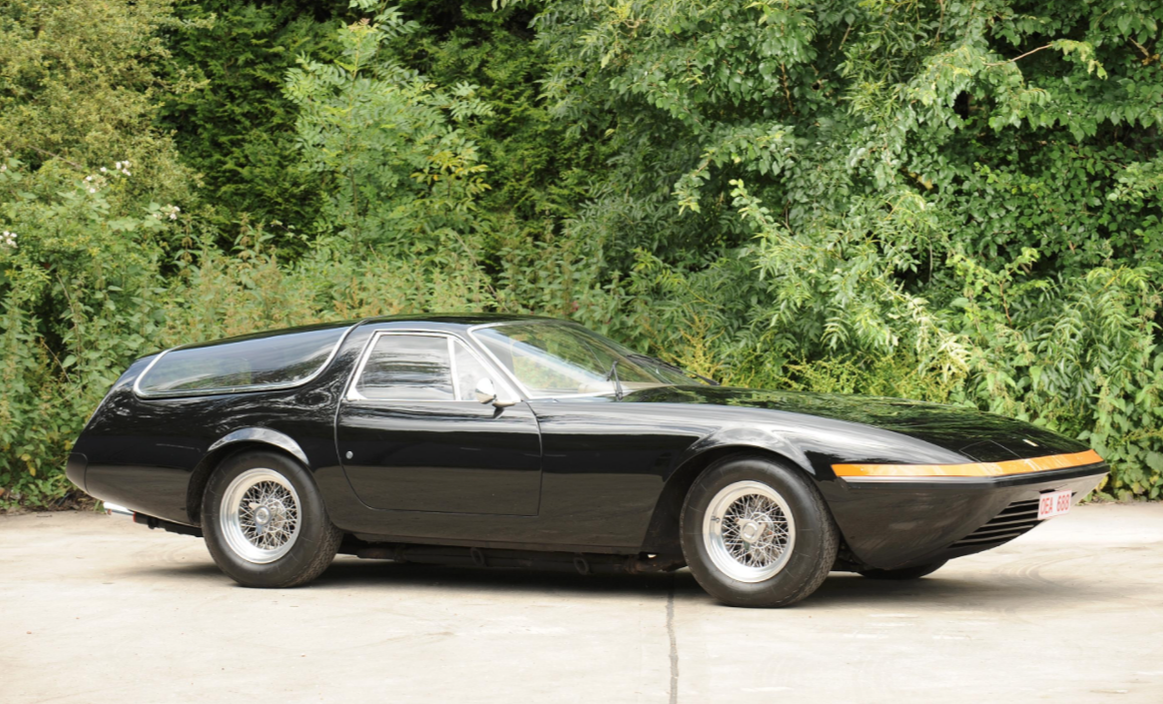
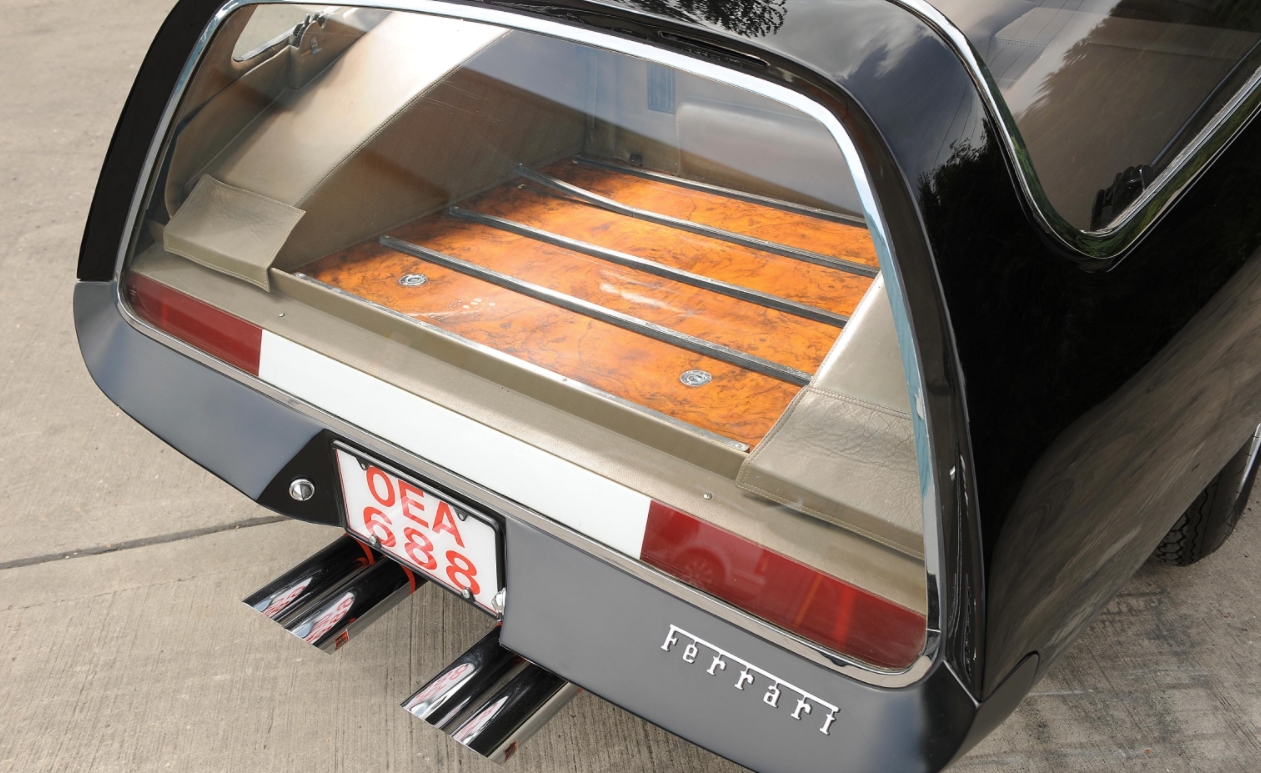
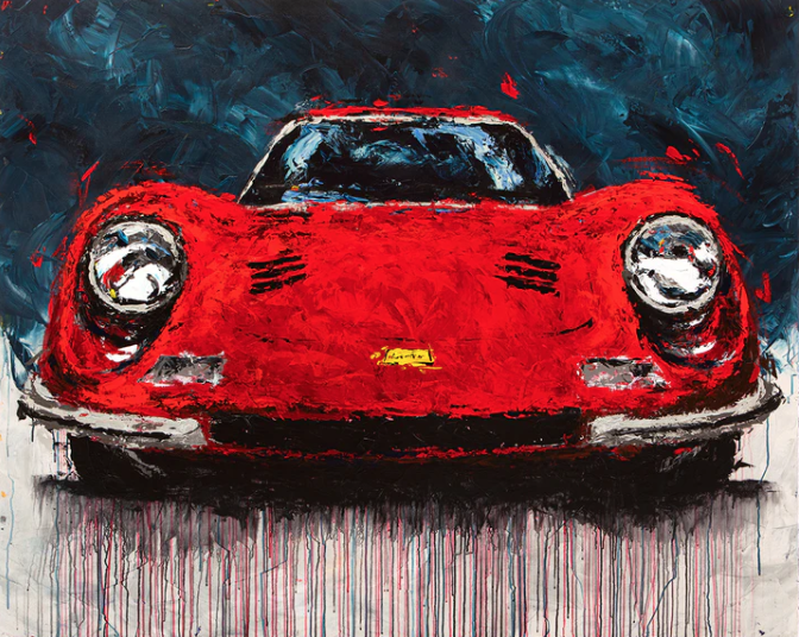
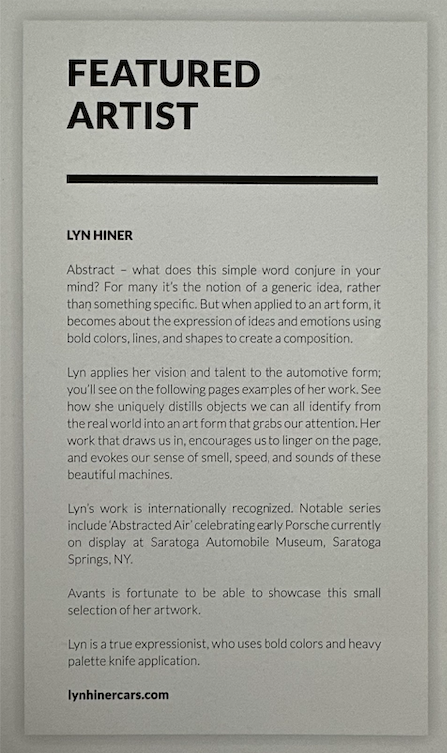
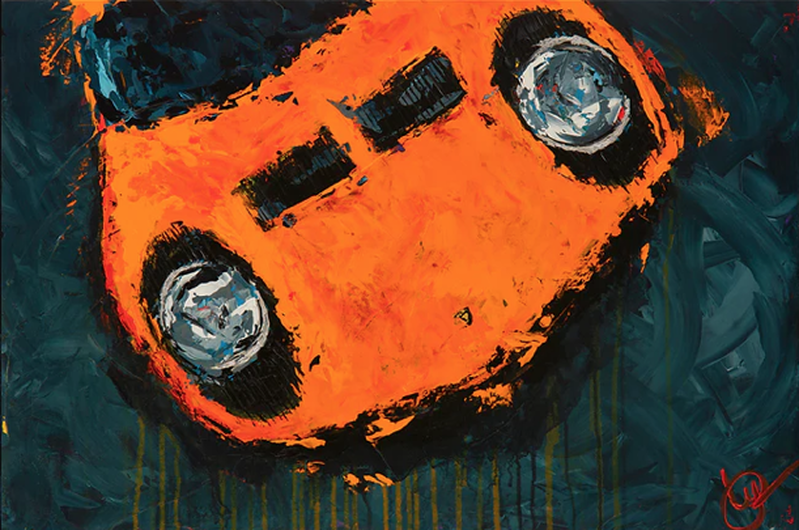

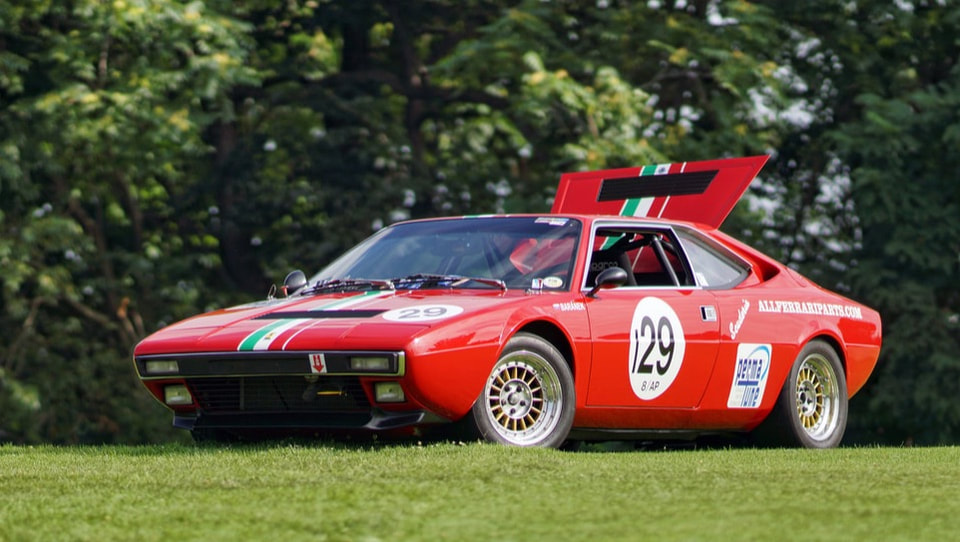
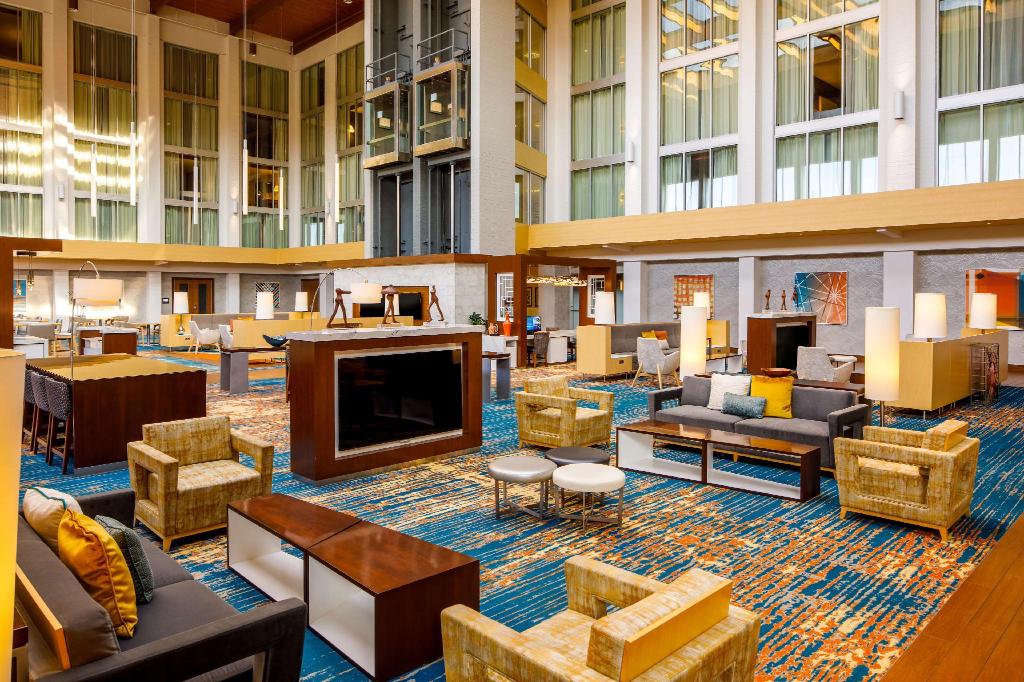
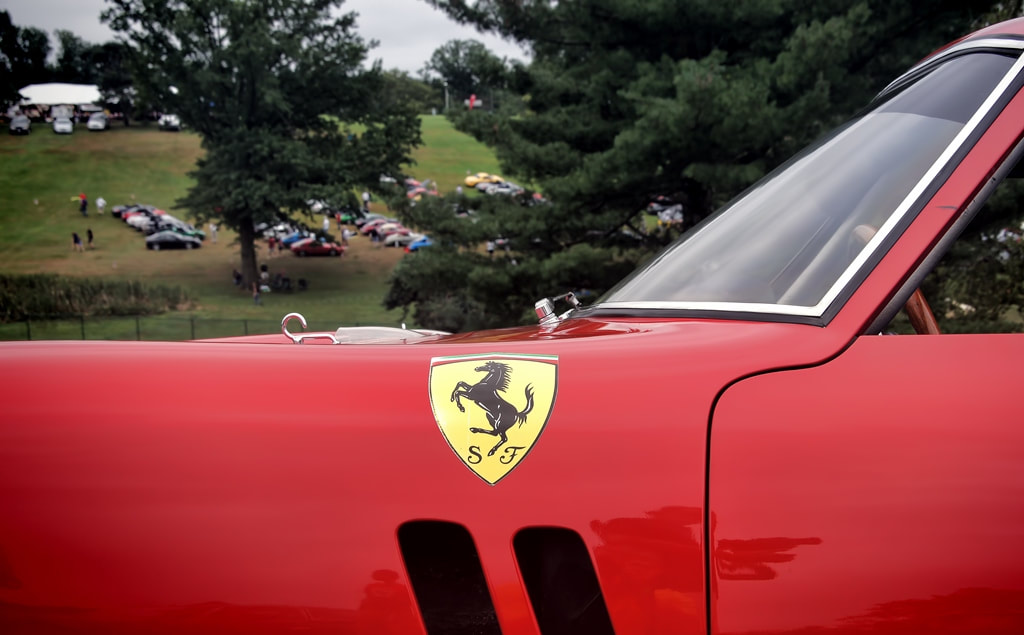
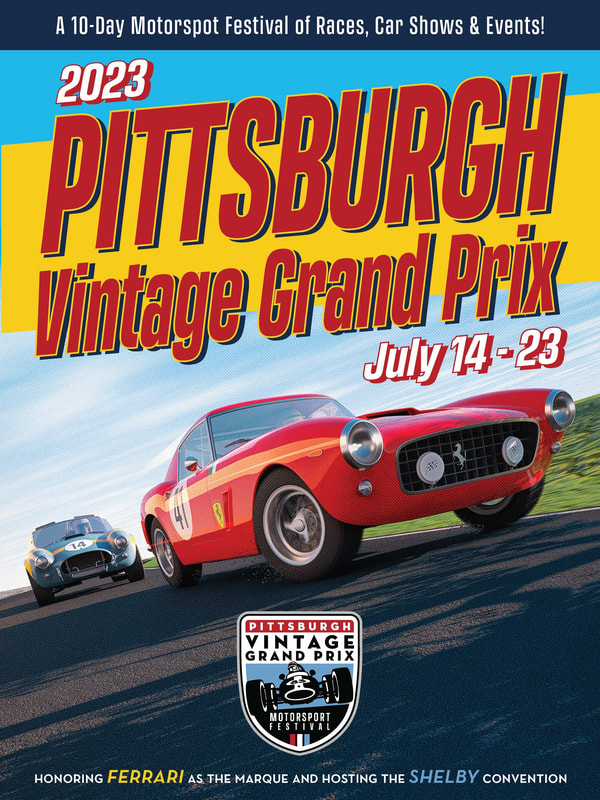
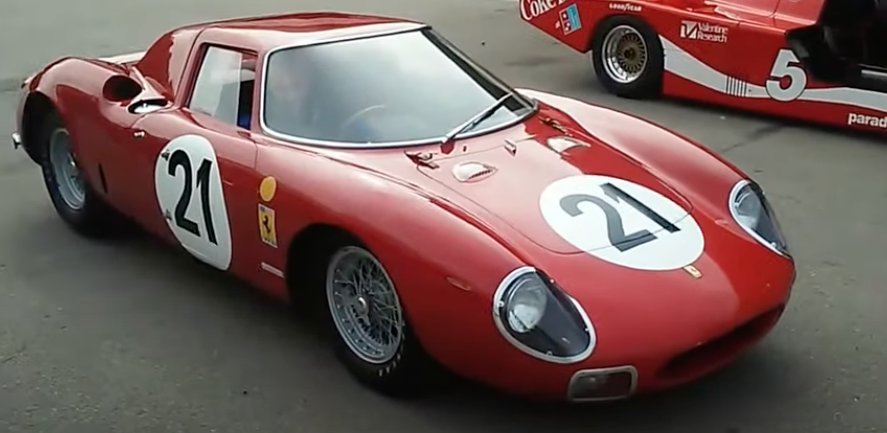
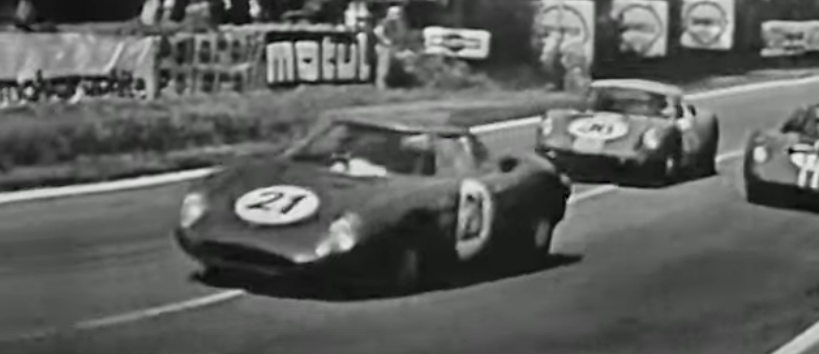
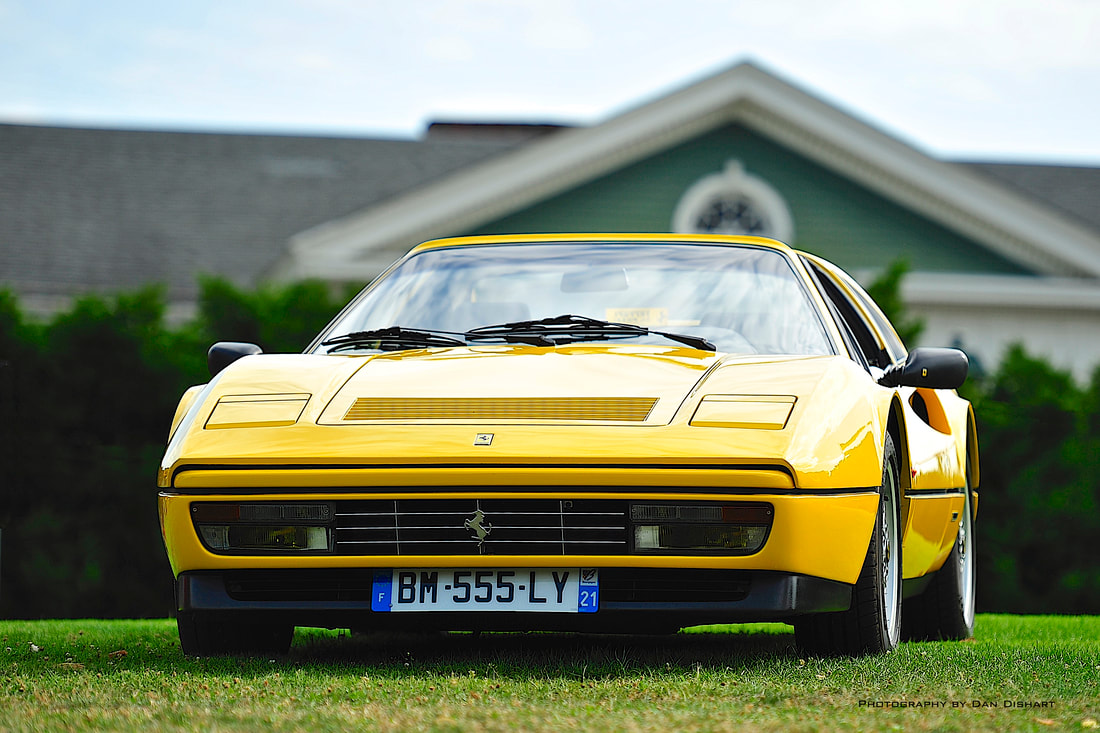
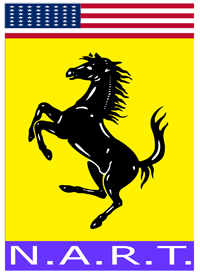
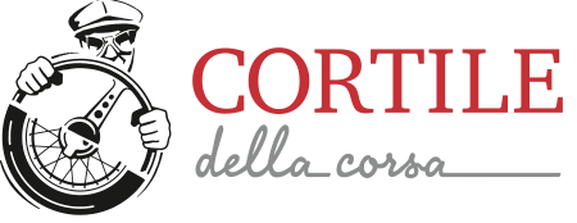
 RSS Feed
RSS Feed